Ever feel like your push notifications are being ignored?
It’s frustrating when you put in the effort, but your ads don’t get the clicks or engagement they deserve.
The truth is, poorly optimized campaigns often end up annoying users or getting lost in the sea of digital noise.
But here’s the good news: with the right tweaks, your push ads can do more than just show up—they can grab attention, spark interest, and drive real results.
Let’s explore how you can fine-tune your push ad campaigns to actually connect with your audience and boost your outcomes.
Step 1: Understanding Push Ads
Push ads are messages that pop up on a user’s mobile or desktop device, delivered through web browsers or installed applications. Unlike pull-based ads that require the user to engage with the content organically, push notifications proactively send information to users, grabbing their attention in real-time.
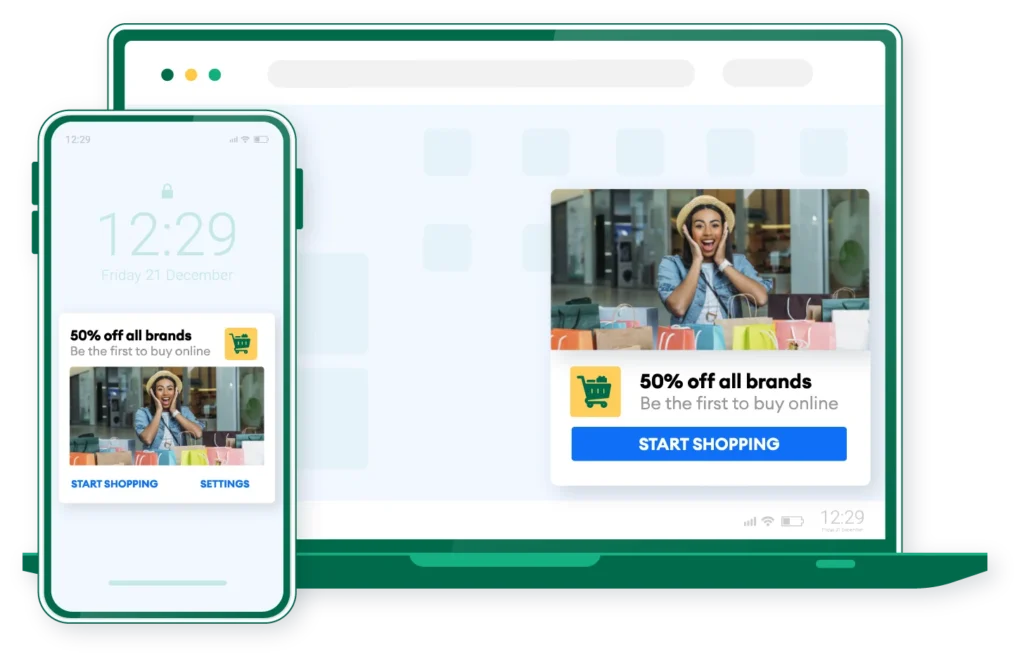
Comparison with Other Types of Digital Advertising
Unlike email or social media marketing, push notifications are not subjected to spam filters or algorithms that might bury content.
They offer a direct line to the user, which ensures that messages are seen immediately. This direct engagement contrasts sharply with more passive forms of advertising like display ads, which rely on users visiting specific digital environments.
Benefits in Marketing Strategies
Push ads are highly effective for several reasons:
- Timeliness: Messages can be delivered instantly, making them ideal for time-sensitive announcements.
- Visibility: Notifications appear directly on a user’s device, increasing the likelihood of immediate interaction.
- Personalization: With advanced targeting options, messages can be tailored to the preferences and behaviors of individual users, increasing relevance and effectiveness.
Step 2: Setting Clear Campaign Objectives
Importance of Goal-Setting
Successful advertising starts with clear objectives. Push notifications, with their unique ability to reach users instantly, require precise goal-setting to ensure that every message sent contributes to overarching business strategies.
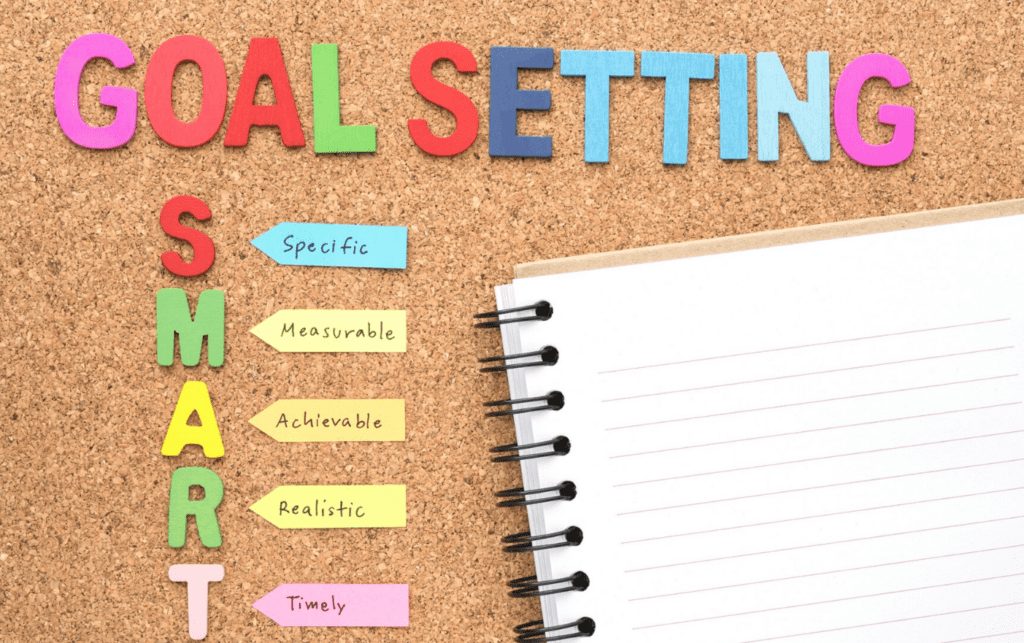
Examples of Common Objectives
Common goals for push ad campaigns include:
- Increasing website traffic: Driving users to visit a website to increase overall traffic or specific product pages.
- Promoting a new product: Launching new products or services and generating interest and early sales.
- Improving customer engagement: Enhancing interaction with the brand by offering valuable content or exclusive discounts.
Aligning Ads with Business Goals
Every push notification should serve a specific business function, whether it’s driving sales, promoting content, or boosting user engagement. Aligning these notifications with business goals ensures that every push has a purpose, optimizing resources and maximizing impact.
Step 3: Target Audience Analysis
Techniques for Identifying and Segmenting the Audience
Effective push notifications begin with a clear understanding of who the audience is. Segmentation techniques can include demographic, psychographic, and behavioral criteria, allowing for more tailored and relevant messaging.
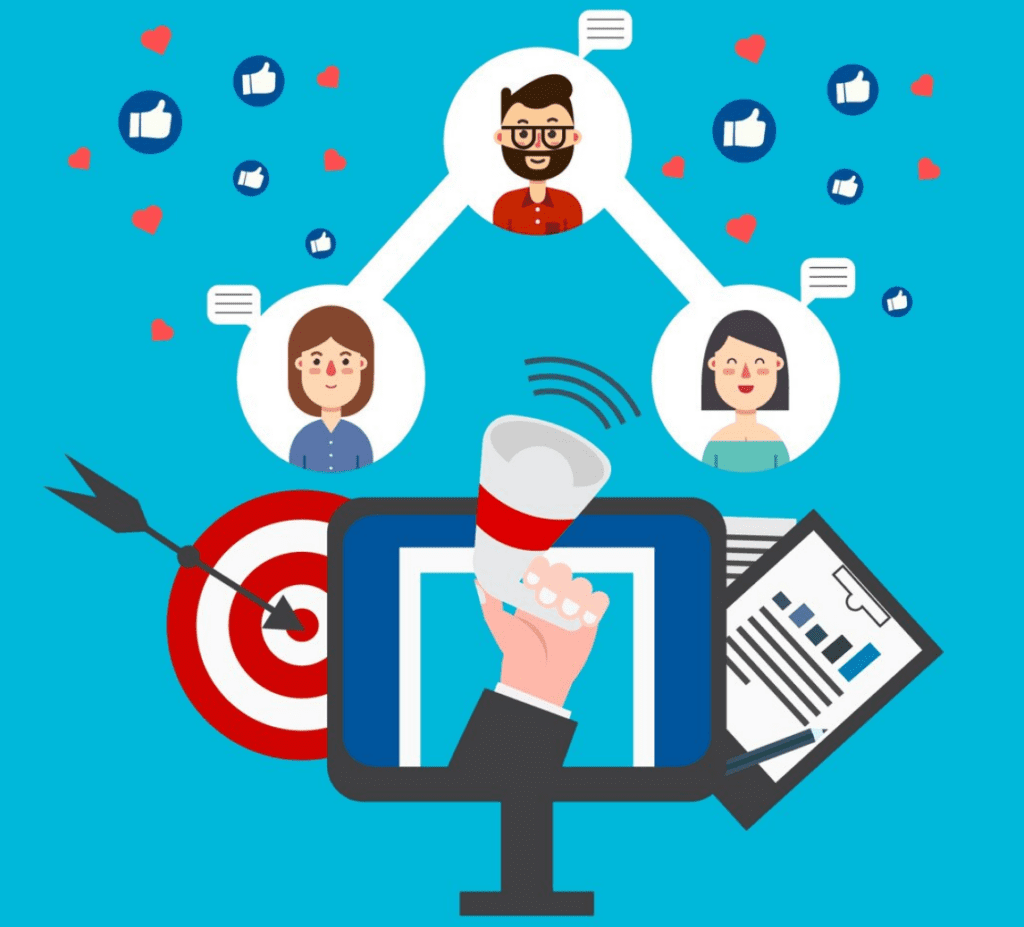
Tools and Data Sources
Various tools and data sources facilitate in-depth audience analysis:
- Analytics platforms (like Google Analytics) provide insights into user behavior and preferences.
- CRM systems offer detailed customer profiles and segmentation capabilities.
- Feedback and surveys give direct input from users about their preferences and needs.
Creating Buyer Personas
Developing buyer personas involves synthesizing data into representative profiles that reflect different segments of your audience. These personas help marketers visualize the target audience, guiding the creation of more personalized and effective messages.
Step 4: Crafting Compelling Messages
Principles of Effective Ad Copy
Good push ad copy should be concise, clear, and compelling. It needs to grab attention quickly and encourage immediate action. Using strong verbs, creating urgency, and ensuring clarity are all essential components.
Importance of Actionable CTAs
The call-to-action in a push notification is critical; it guides users on what to do next. CTAs like “Learn More,” “Buy Now,” or “Join Us” should be direct and unambiguous to maximize the chances of engagement.
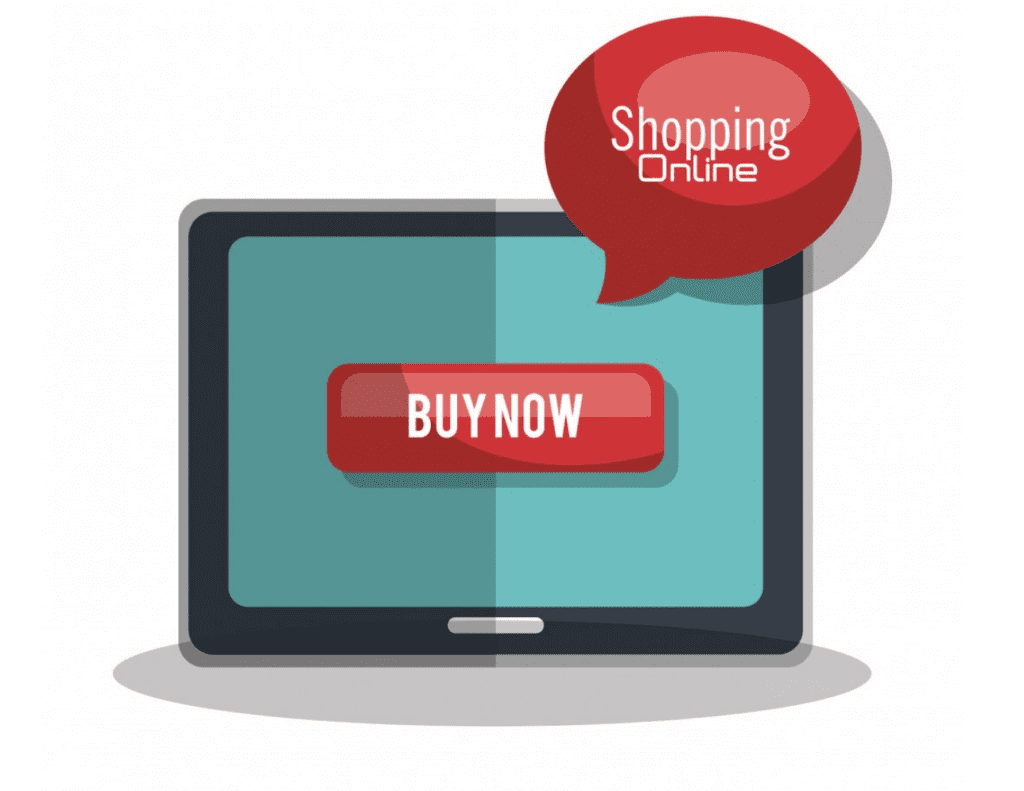
Examples of Successful Push Ad Copy
- “Flash Sale! 30% off your next purchase. Today only! 🕒”
- “New blog post 📚: 10 Tips to Improve Your Photography!”
- “Your cart misses you! Complete your purchase with 20% off: [Link]”
By following these guidelines and focusing on strategic, data-driven decisions, marketers can craft effective and optimized push ad campaigns that resonate with the audience and deliver measurable results.
Step 5: Designing for Engagement
Visual Elements in Push Ads and Their Impact on Performance
Visual elements such as images, emojis, and rich media can significantly enhance the effectiveness of push notifications. These components catch the eye, convey emotions, and can quickly communicate key messages that text alone may not.
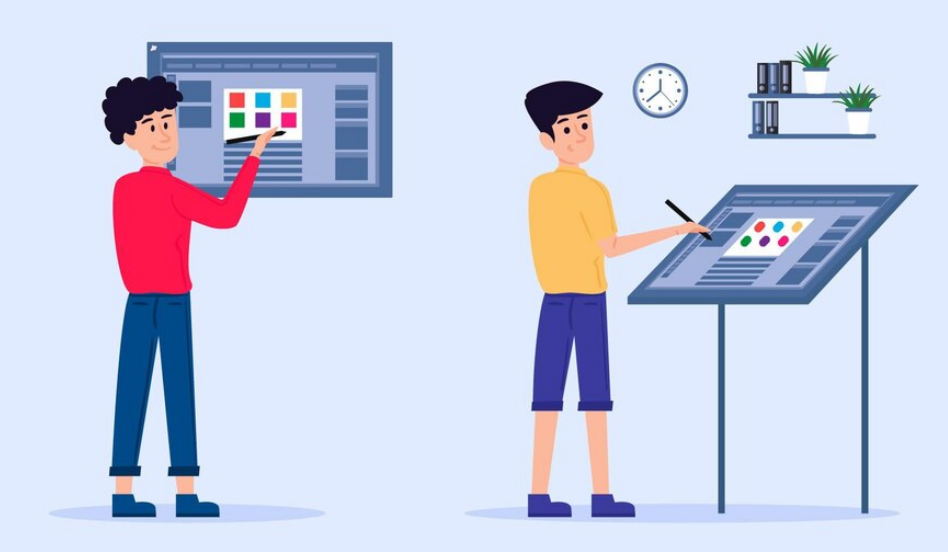
Best Practices for Designing Eye-Catching Push Ads
- Keep it Simple: Use clear, concise visuals that convey your message without clutter.
- Use High-Contrast Colors: Ensure your text stands out against the background.
- Incorporate Branding: Include your logo or brand colors to boost recognition.
A/B Testing Different Designs
A/B testing different versions of your push notifications can help determine what resonates best with your audience. Test different visuals, CTAs, and messaging to iteratively improve your push ads.
Step 6: Advanced Targeting Techniques
Geofencing and Location-Based Targeting
Geofencing allows advertisers to send push notifications to users within a specific geographic area. This is particularly effective for local promotions or when targeting events.
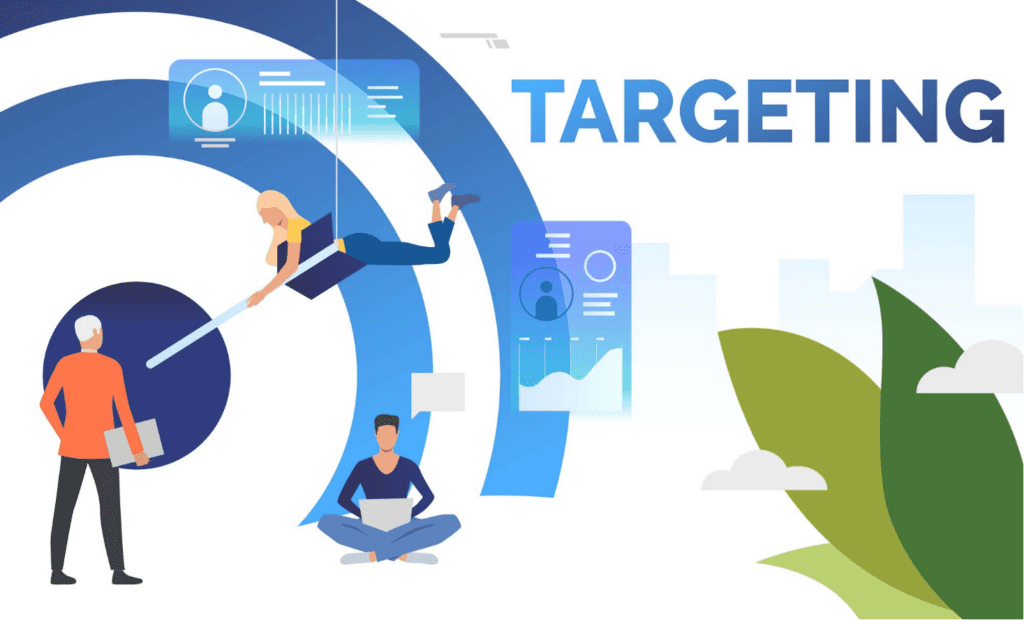
Behavioral and Retargeting Strategies
Retarget users based on their previous interactions with your app or website. This ensures that the notifications are relevant, increasing the likelihood of engagement.
Utilizing AI for Predictive Targeting and Personalization
AI can analyze large datasets to predict user behavior and personalize notifications. This can lead to higher engagement by delivering content that is highly relevant to each user.
Step 7: Timing and Frequency of Ads
Best Times to Send Push Notifications
Timing can vary based on your audience, but general trends indicate that push notifications sent in the late afternoon have higher open rates. However, this will vary widely based on the user’s lifestyle and time zone.
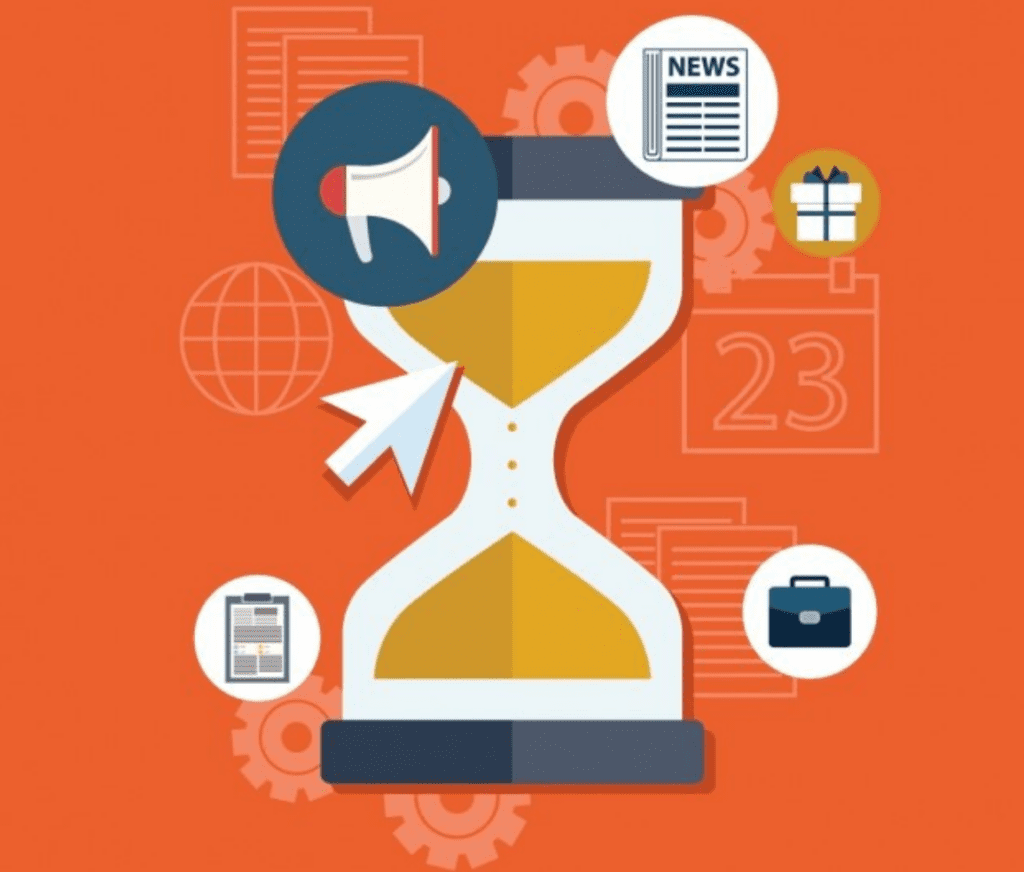
Determining Optimal Frequency
Sending too many notifications can lead to user fatigue and opt-outs. Typically, sending a few notifications per week is considered best practice, but this will depend on your audience and the nature of your messages.
Scheduling Strategies
Consider the time zones and regional behaviors of your audience to schedule notifications at times they are likely to be active and receptive.
Step 8: Leveraging Technology
Overview of Push Ad Platforms and Tools
Several platforms like OneSignal, Firebase, and Airship offer robust tools for creating, managing, and optimizing push notification campaigns.

Integration with Other Marketing Technology
Integrate your push notification tools with CRM systems and analytics tools to create a unified view of your customer interactions across all channels.
Future Tech Trends
Advancements in AI and machine learning are making push notifications smarter, enabling hyper-personalization and automation at scale.
Step 9: Measuring and Analyzing Performance
Key Performance Indicators (KPIs)
Common KPIs for push notifications include open rates, click-through rates, conversion rates, and opt-out rates.
Tools and Techniques for Measuring Ad Effectiveness
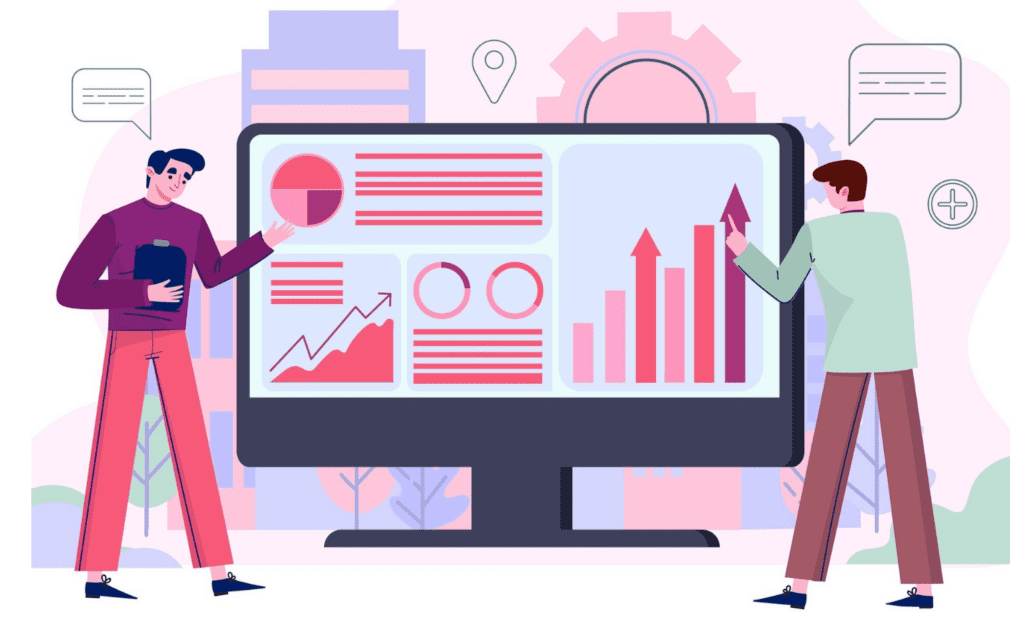
Use analytics tools provided by your push notification platform to measure performance and gather insights on user behavior.
How to Analyze Data
Collect and analyze your data to understand the effectiveness of different strategies and to inform future campaigns.
Step 10: Optimizing and Scaling Up
Strategies for Iterative Improvement
Regularly review campaign performance data to identify what works and what doesn’t, and refine your approach accordingly.
Scaling Push Ad Campaigns
Once a strategy is proven effective, consider increasing the frequency or expanding the reach of your notifications to scale up your results.
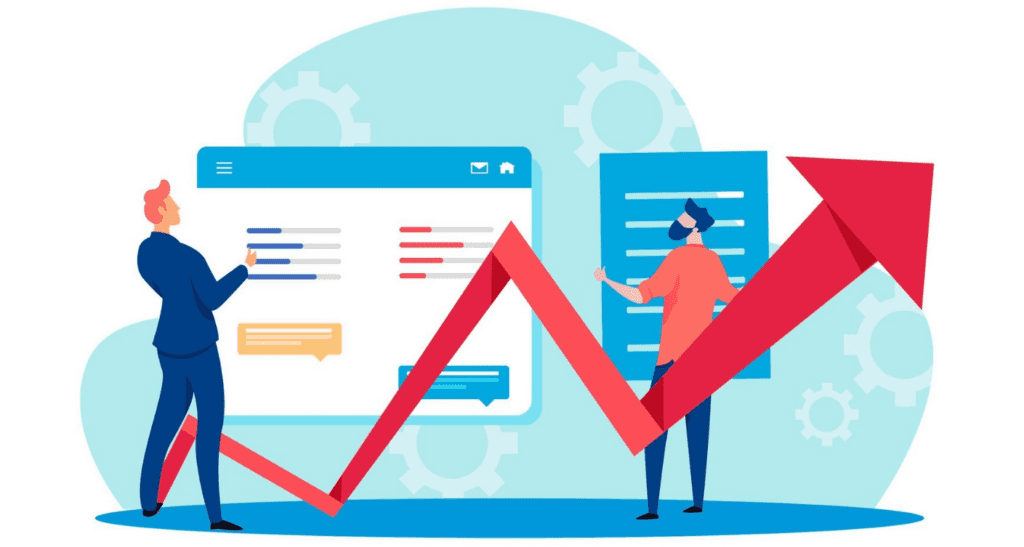
Case Studies
Review case studies from successful campaigns to gather insights and apply best practices to your own strategies.
Step 11: Legal and Ethical Considerations
Compliance with Digital Advertising Laws
Ensure that your push notifications comply with all relevant laws, such as GDPR in Europe and CCPA in California, particularly regarding user consent and data privacy.

Ethical Considerations
Maintain transparency with users about how their data is used and provide easy options for them to opt-out of notifications.
🔥 Conclusion
Push notifications are an integral part of modern digital marketing strategies, offering a direct and personal way to communicate with users.
Their power lies in the ability to reach users instantly, but this also demands a high level of responsibility and precision in their use.
Effective management and optimization of push ad campaigns require a deep understanding of your audience, tailored content, and an ongoing commitment to refining strategies based on user feedback and analytics.
By focusing on targeted, well-designed messages that respect user preferences and privacy, marketers can significantly enhance engagement rates, drive conversions, and build lasting relationships with their customers.
Keeping these practices in mind ensures that push notifications remain a valuable and effective tool in a marketer’s arsenal.
